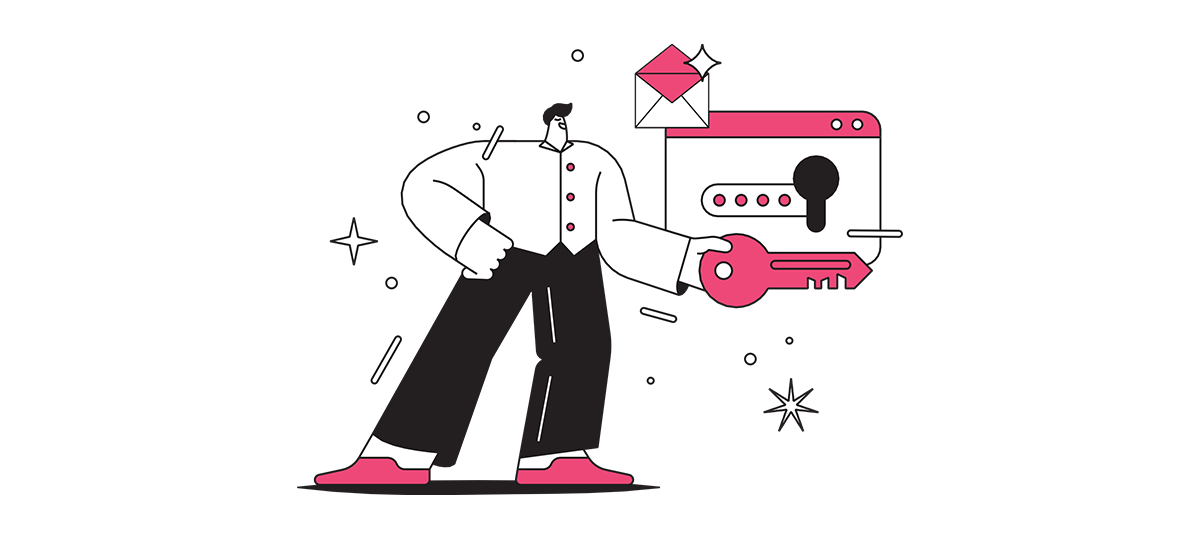
We’re all a little bit obsessed with acquisition; it’s drilled into us from birth and stays with us until the day we die. From Pokémon cards and soft toys to clothes, art and tech – we progress through a natural arc of ownership in our lifetime. The truth is, we usually look to upgrade our belongings before we’ve squeezed every bit of value from our existing ones.
And we’re guilty for doing the same in the marketing bubble: often, we prioritise growing eCRM databases before we engage the contacts that are already in reach. But when acquiring a new customer costs five times more than retaining an existing one, there’s a compelling case for making the most of what we already have in front of us (Invesp, 2018).
It’s easy to forget that existing customers are the ones positioned deeper in the sales funnel. These are the contacts who have already experienced your brand in some capacity; they know the role that you can play in their life. Which begs the question: why have my contacts lapsed? Often, customer apathy is the primary reason for inactivity.
An overworked cliché, but a true one nonetheless, is that your database is a flowerbed, and you’re holding the garden hose. So, for dramatic purposes, let’s imagine we’re in the second week of drought. Your flowers are wilted, and the soil? Bone dry. In your absence, your contacts have become idle and unenthused. Any avid gardener knows that chucking buckets of water on a flowerbed in this state will cause the soil to repel it, instead you should sprinkle the surface lightly to encourage gradual absorption. The same applies for your marketing, if you relentlessly continue to push hard sales-led messaging upon your lapsed eCRM contacts, they will only reject it.
Take a more considered approach. Whether it’s a virtual gift card, an email to a live event, or a simple message to say we haven’t heard from you in a while, a softer approach is the most likely to warm inactive customers to your brand, ahead of overt promotion.
If you’re in a position where you have a chunky list of email addresses, and not a lot else, then it’s time to start building. Whether it’s a poll or survey with a gift or promo code for their next order, this is a great opportunity for you to understand how users are interacting with your brand. But first, you need to be sure of your objectives. Do you want to understand how satisfied customers are with your product? Are you trying to establish the customer pain points to optimise your service offering? Knowing the purpose of your research is fundamental and will help you to structure your questions and analytics accordingly.
Once you have constructed and sent your re-engagement email, the next step is analysing the results. Pay attention to any clear patterns and use them to tag specific customers with common themes. In case you’re not convinced, MailChimp research shows that segmented email campaigns have an open rate that is 14.31% higher than unsegmented campaigns.
Using historic data, it becomes possible for brands to track browsing behaviour, purchase history, and previous engagement to tailor communications from specific customer actions. And doing so holds impact. Over 59% of customers claim that personalised content impacts purchase decisions. In the long run, this can help brands to grow stronger relationships with their customers, increase loyalty, and ultimately drive revenue growth. By identifying and segmenting different groups within your database, it becomes possible for brands to fine tune the content within email sends to resonate more clearly with the audience at hand.
Take Nike, for example, a global conglomerate operating in more than 30 major markets: from sports to lifestyle. A track runner from Osaka and a fashion enthusiast from New Mexico will engage with the same brand in two very different ways. While the runner will be most invested in the performance-related benefits of the garments, the influencer will likely be drawn in by aesthetics, limited edition colourways, and exclusive brand collaborations. This can be reflected in granular segment-specific sends, with tweaked products, ranges, visuals, and tone.
This isn’t to say that marketers should forget about scaling mailing lists. Growing your current book of eCRM contacts and delivering content to your existing audience should happen in tandem, in fact, it’s beneficial. When you are making efforts to re-engage existing contacts, and growing a database simultaneously, you can be safe in the knowledge that you’re doing everything in your power to increase acquisition and retention.
When it comes to customer acquisition, engagement, and retention, we’re experts in the field. Drop us a line today to see how we can leverage email to maximise the value from your contacts, no strings attached.
Discover more industry insights and opinions at saintnicks.uk.com/insights
We take brands further.
You need to load content from reCAPTCHA to submit the form. Please note that doing so will share data with third-party providers.
More Information